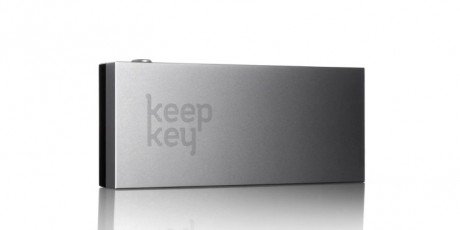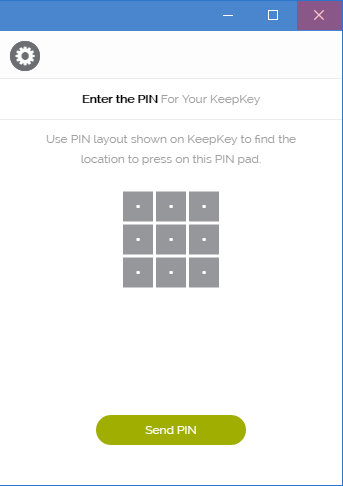KeepKey Review
One of the core ideologies in computer security is to assume that you will eventually run into malware. We hope that today or tomorrow our computer will be unaffected, but safe practice tells us to plan like it will eventually happen.
With cryptocurrency, this practice makes hardware wallets completely necessary. Keeping small "hot wallets" on your personal devices such as your laptop or smartphone are fine, but you must always consider the fact that the funds may be stolen. Instead of your cash only being accessible through pickpocketing you, your cryptowallets are accessible through the Internet. This means if any malware affects your personal devices, your hot wallet funds may be stolen.

Source: DuckDuckGo, BlareMedia.net
The KeepKey fights to counteract the potential of malware stealing your cryptocurrency. Now nothing is 100% secure, but the KeepKey comes close.
I will discuss both the inside and outside security measures of the KeepKey.
First we'll look at the outside measures taken to protect your crypto. When first accessing the KeepKey, you're met with a PIN number which can be any length. My recommended PIN length is 6-8 digits. The KeepKey has anti-bruteforce methods in place, such as increasing the wait time after each failed PIN.
The next thing you'll notice about the PIN is that you need access to both the computer screen that your KeepKey is hooked up to and the physical KeepKey screen. The KeepKey scrambles the digits up on its screen and blank squares are presented to you.
Since there is no way to access the KeepKey's screen from the computer, there is no way malware will be able to tell what your PIN is when you type it in. This also protects from "over the shoulder" attacks.
The pin is required (and jumbled) each time you first plug in the KeepKey, each time you change settings, and each time you wish to send crypto. By the way, the KeepKey currently supports Bitcoin, Dash, Dogecoin, Ethereum, Litecoin and Testnet.
Not only is this a secure way to handle your crypto, but the build quality of the KeepKey is superb as well. The screen is large and crisp, allowing for even those with bad eyesight to read the PIN, addresses and amounts.
As I've demonstrated, the physical security of the KeepKey is rather locked down. Now let's talk about the logical security. When using the KeepKey, none of your private keys are exposed to the attached computer. All transactions are signed and broadcast by the KeepKey. This means you can potentially use your KeepKey on a malware ridden desktop and not risk your crypto.
On top of the security I've discussed, the KeepKey development and support team has received lots of good community compliments, so if you're looking for a ~$100USD investment to secure your cryptocurrency holdings the KeepKey is one to consider.

nice post
Thank you :)
It reminded me of the Ledger Nano S but it is not the Ledger Nano S. Great summary, though.
I'm sure it's quite similar, only difference would be build quality. I don't trust my eyesight staying the same for my life (usually looking at screens) and so a bigger display is always a plus. :)